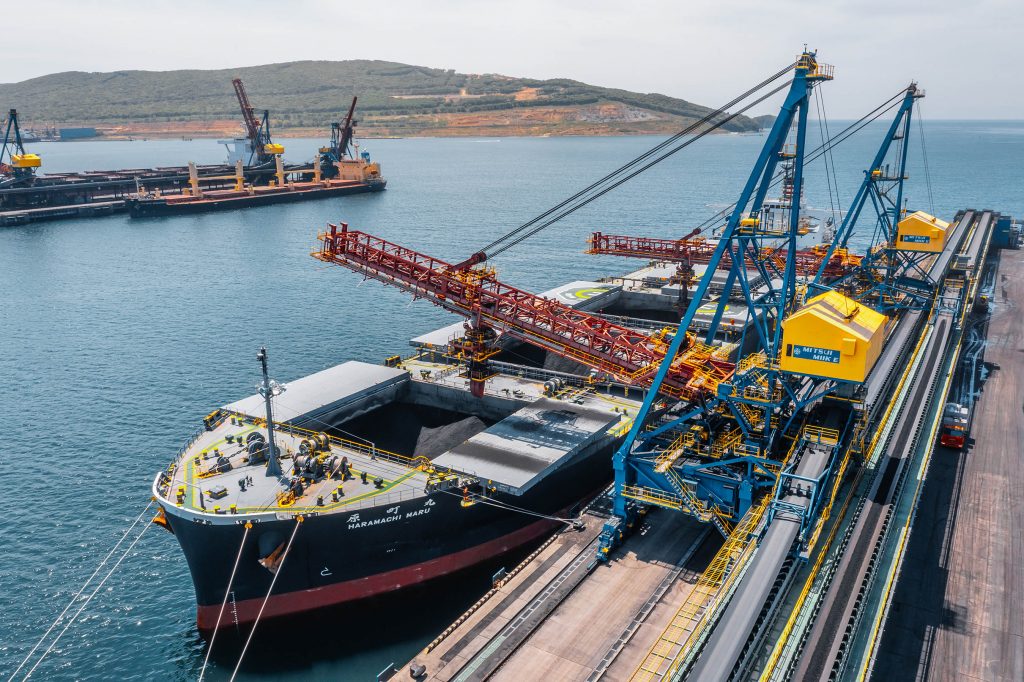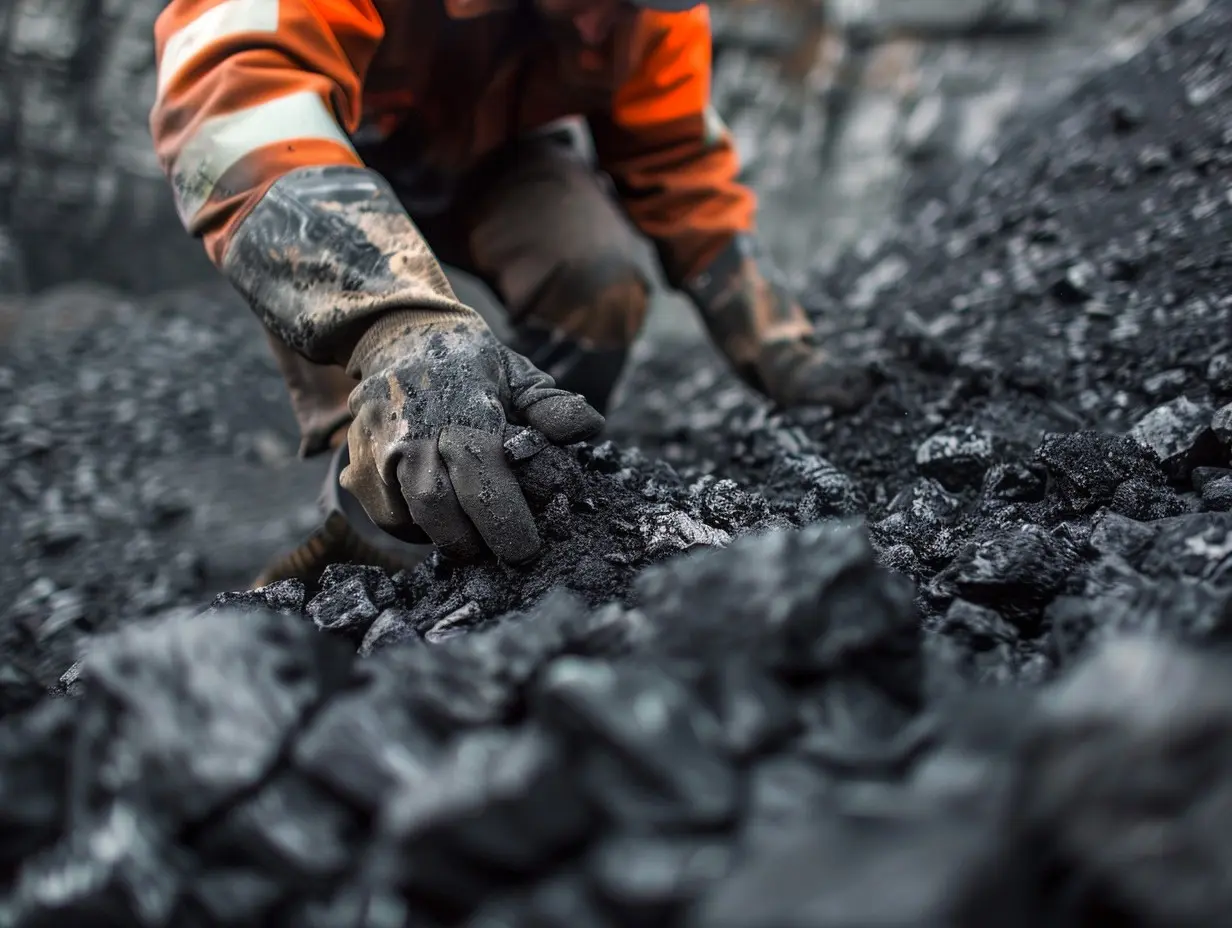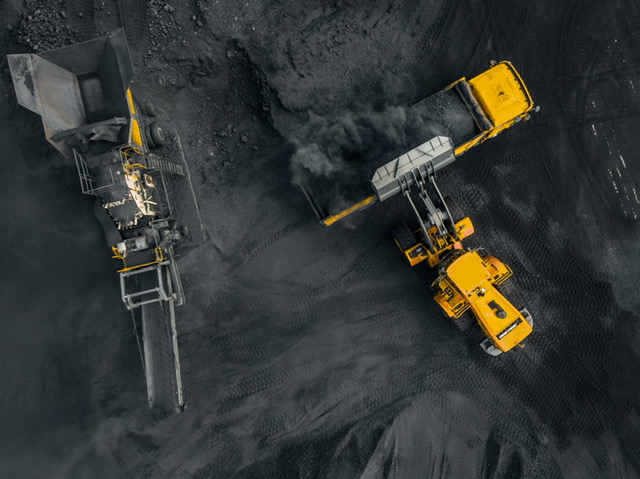

Last week, the European market faced an unprecedented spike in thermal coal indices amid sanctions on Russia, resulting from the military operation in Ukraine. As of March 02, 2022, the price was climbing to almost 390 USD/t, which subsequently adjusted to 340 USD/t. Since the share of Russian coal in the European market is about 40%, while the share in the global market is 16%, market participants fear that EU countries may impose an embargo on Russian coal imports or ban vessels coming from Russia or under Russian flag from entering their ports, causing the deficit to worsen significantly, as the supply from other exporting countries, including Colombia, South Africa, Australia, USA and Indonesia is already constrained. The European Parliament approved a non-binding resolution, supporting the imposition of restrictive measures in EU seaports on March 01, 2022. The UK has already passed a law, banning Russian vessels from entering its ports. Polish prime minister stated that the blockade of energy supplies from Russia, including oil, gas and coal, should be part of anti-Russian sanctions and Poland is negotiating with other countries for coal supplies, being ready to introduce an embargo as soon as possible, but it requires permission from the European Commission.
At the same time, oil and gas prices also reached historical highs, driven by geopolitical tensions and waning inventories in European storage facilities. Brent crude oil prices exceeded 114 USD/bbl for the first time since June 2014, while gas prices at TTF European hub jumped to 123 EUR/MWh or 1,922 USD/1,000 m3 (+36 EUR/MWh and +456 USD/1,000 m3, respectively, to February 23, 2022).
The surge in quotations of South African material above USD 395 USD/t is also caused by the aggravation of political situation between Russia and Ukraine, as a result of which European consumers are considering the possibility of buying coal from other countries, including South Africa.
In China, spot prices for 5500 NAR rose by almost 24 USD/t to 186 USD/t FOB Qinhuangdao. The strengthening of steam coal indices in the Chinese domestic market comes despite the tightening of price control measures by China’s National Development and Reform Commission (NDRC), due to possible reduction of Russian supplies and limited exports of Indonesian coal. The disconnection of some major Russian banks from SWIFT is already complicating trade operations, according to market participants. Also, two large state-owned banks in China, Industrial & Commercial Bank of China Ltd. and Bank of China Ltd., are restricting financing for purchases of Russian commodities as part of their risk management, following Western sanctions against Russia.
Australian coal quotations, which soared above 340 USD/t, follow European indices as the situation between Russia and Ukraine worsens amid an ongoing coal supply shortage on the global market and heavy rains, resulted from La Nina weather phenomenon.
The price of Indonesian 5900 GAR strengthened to 160 USD/t on the back of geopolitical situation, increased demand from China, limited supply due to adverse weather conditions as well as monthly monitoring of coal producers’ compliance with obligations to allocate 25% of their output to Indonesian consumers in the domestic market.
Indices of Australian metallurgical material jumped above 500 USD/t, driven by increased demand from Asian steel mills and a supply shortage amid bad weather in Australia. The prices were also boosted by consumers’ concerns on possible termination of Russian deliveries, that could lead to reduction of 28 mio t of metallurgical coal on the international market.
Source: CAA












